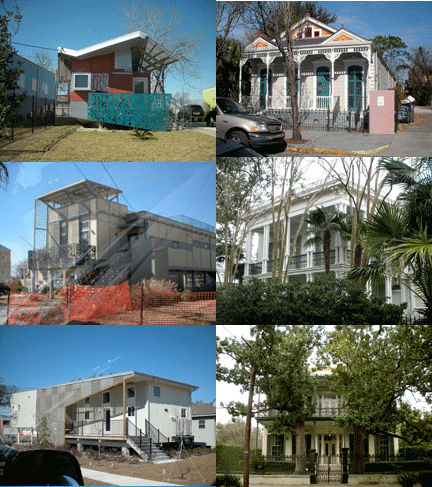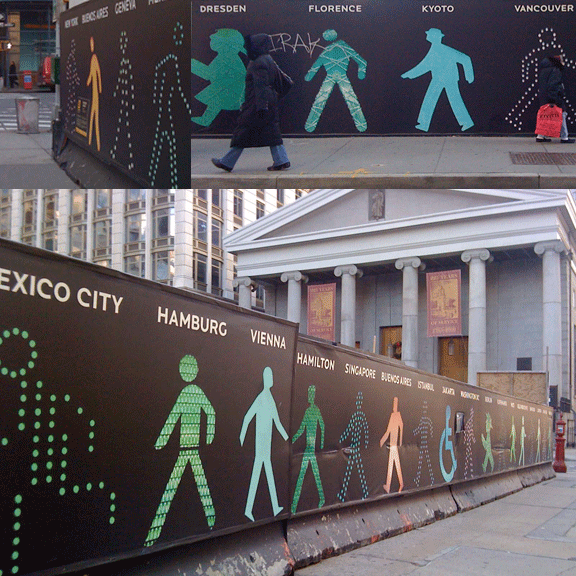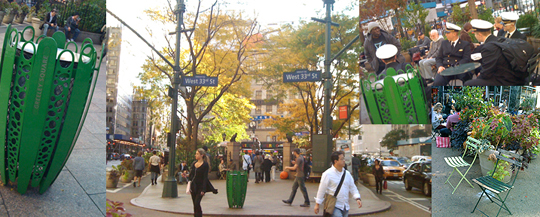Sep 27th, 2010 by Amelie Rennolds
A dear friend and architectural historian invited me to tag along on a tour of the Glass House- Philip Johnson’s iconic house built in 1949 in New Canaan, Ct. The site of sloping meadows with rustic stone walls and mature tree stands is punctuated with diverse structures housing art galleries, a library and visitor center. These act as follies in the 47 acres of conserved park and were designed in the divergent styles that characterize Johnson’s oeuvre which careened from modernism to post modernism to Gehry inspired sculptural form making.
The glass house is an austere symmetrical box handsomely articulated in black structural steel frame and firmly grounded by its low red brick base and brick floor paving. It is the masculine sibling to Mies van der Rohes’ elegant white Farnsworth House; it is also part of a family of modern rectangular houses built by architects such as Gropius, Breuer, and Edward Larrabee Barnes for their own use. While impressive for it’s forceful simplicity and total transparency, it is not an inviting or comfortable house by any means, yet Johnson lived there for almost five decades and died there in 1998, one year short of his 100th birthday.
As my historian friend pointed out, Johnson’s glass house is seminal because of its function as a salon with Johnson holding court to generations of architects who came to visit, sip martinis and discuss Architecture with a capital “A”. Before he died, he bequeathed the house and property the National Trust for Historic Preservation, a hugely generous gift to students and lovers of architecture alike.










